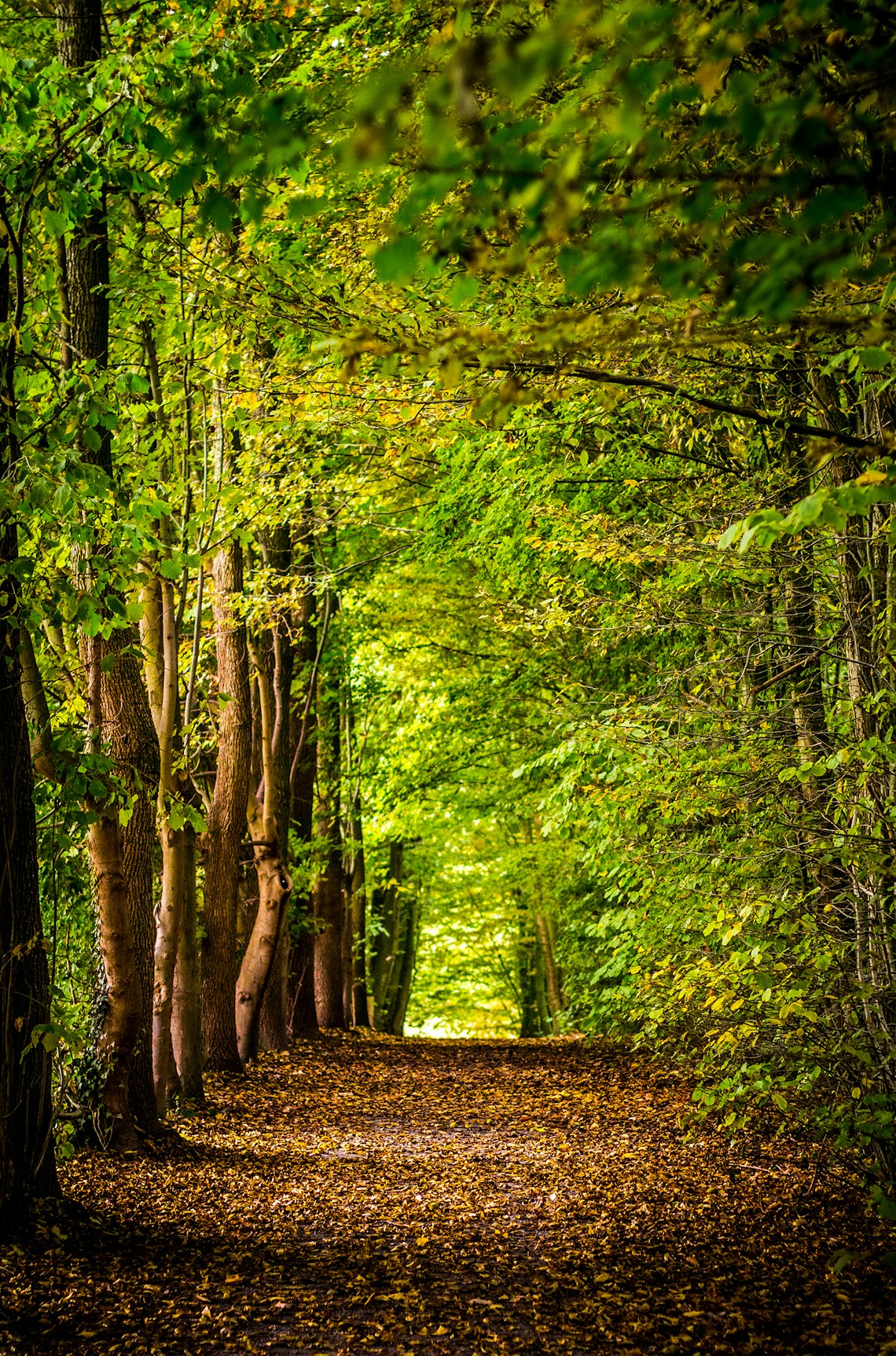Oak trees are more than majestic additions to our landscapes; they are pivotal players in local ecosystems and crucial providers of ecosystem services. These towering giants serve as vital wildlife habitats and have an extensive influence on forest ecology. By understanding the roles oak trees play within their environments, we can appreciate and protect these key natural resources.
The Essential Role of Oak Trees in Ecosystems
Oak trees are foundational to local ecosystems, providing shelter, food, and climate regulation. The broad canopy of an oak tree offers shade, reducing soil erosion and preserving moisture which supports a diverse underbrush. This microhabitat not only nourishes plant life but also sustains various animal species.
Oak Trees as a Wildlife Habitat
Often referred to as ecological powerhouses, oak trees provide critical wildlife habitats. Over 500 species of caterpillars and countless birds, mammals, and insects rely on them for food and shelter:
- Birds: Species like woodpeckers and owls nest in their branches or trunks.
- Mammals: Squirrels and deer feed on the acorns and seek refuge under the leaves and branches.
- Insects: An array of beetles, spiders, and other arthropods find sanctuary in oak wood and foliage.
The Significance of Acorn Production
Acorn production by oak trees is a key factor in forest ecology. These nutrient-rich seeds are a staple for many animals, including turkeys, bears, and rodents. When acorns are scarce, the entire ecosystem feels the impact, as animals must search further afield for sustenance, affecting their survival and reproduction rates.
Contributions to Forest Ecology
The presence of oak trees enhances forest ecology in several ways:
- Supporting Biodiversity: Their vast root systems stabilize the soil, allowing a wide range of flora and fauna to thrive.
- Carbon Sequestration: Oaks sequester carbon effectively, playing an essential role in mitigating climate change.
- Natural Fertilization: Fallen leaves decompose into nutrient-rich leaf litter that fosters robust soil health.
Related Ecosystem Insights
While appreciating oak trees, it’s beneficial to explore other facets of ecosystem dynamics such as forest understory plants and their roles in supporting wildlife. Understanding these interactions can guide us in conservation efforts.
In conclusion, oak trees are indispensable to ecosystem services and wildlife habitat, highlighting their role in sustaining rich biodiversity and forest ecology. By valuing and protecting oak trees, we ensure the well-being of countless species and the overall health of our environment.




